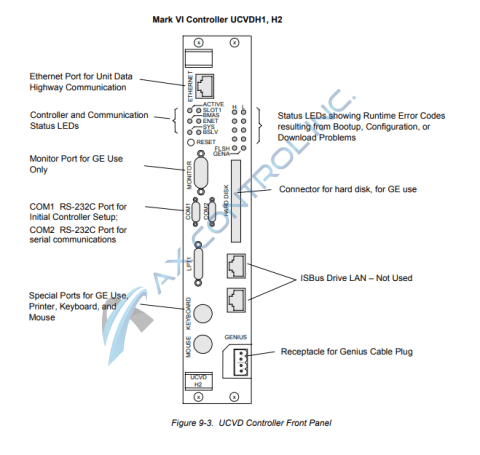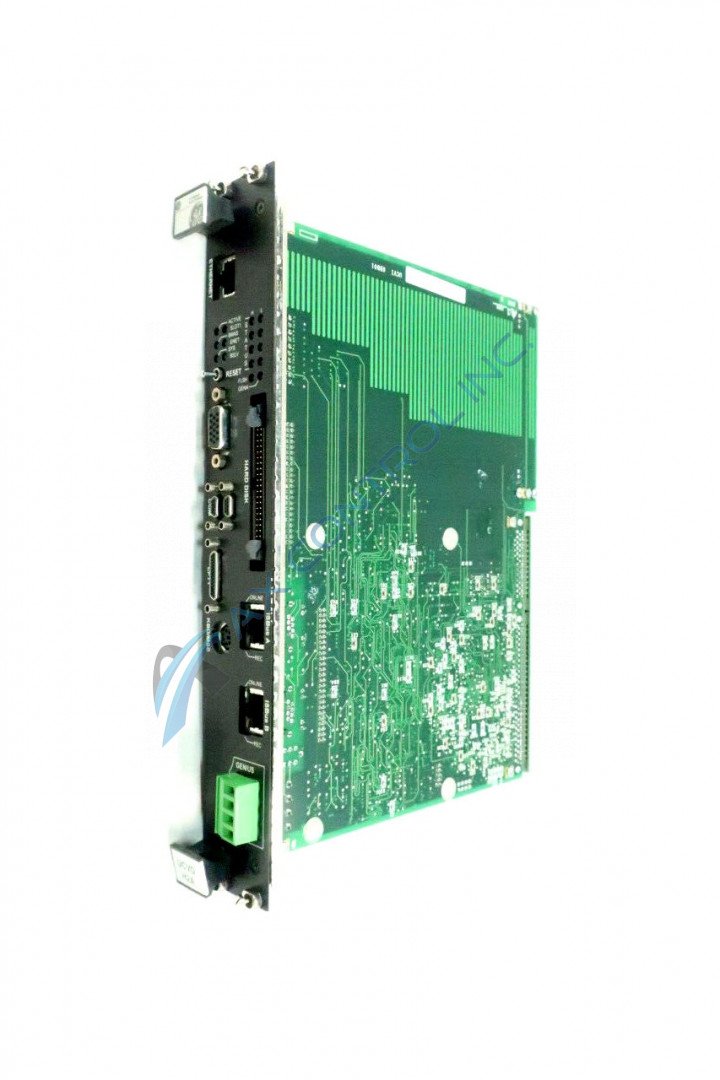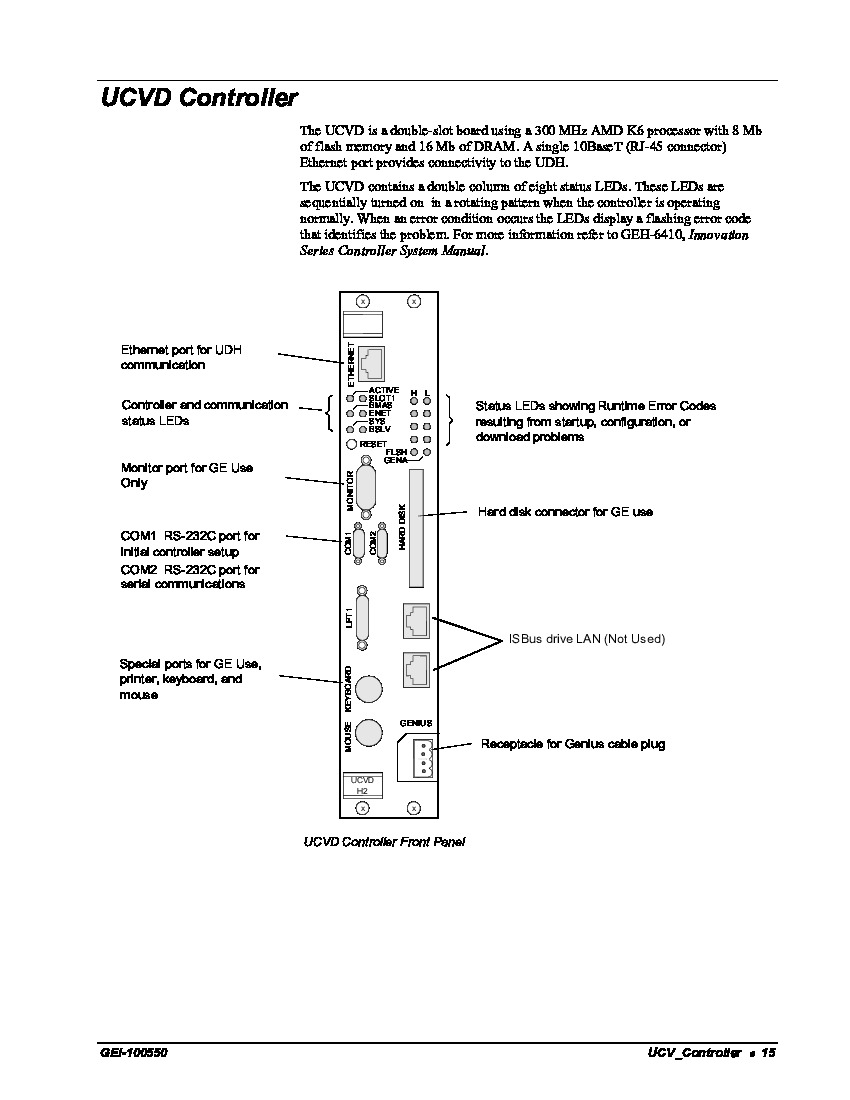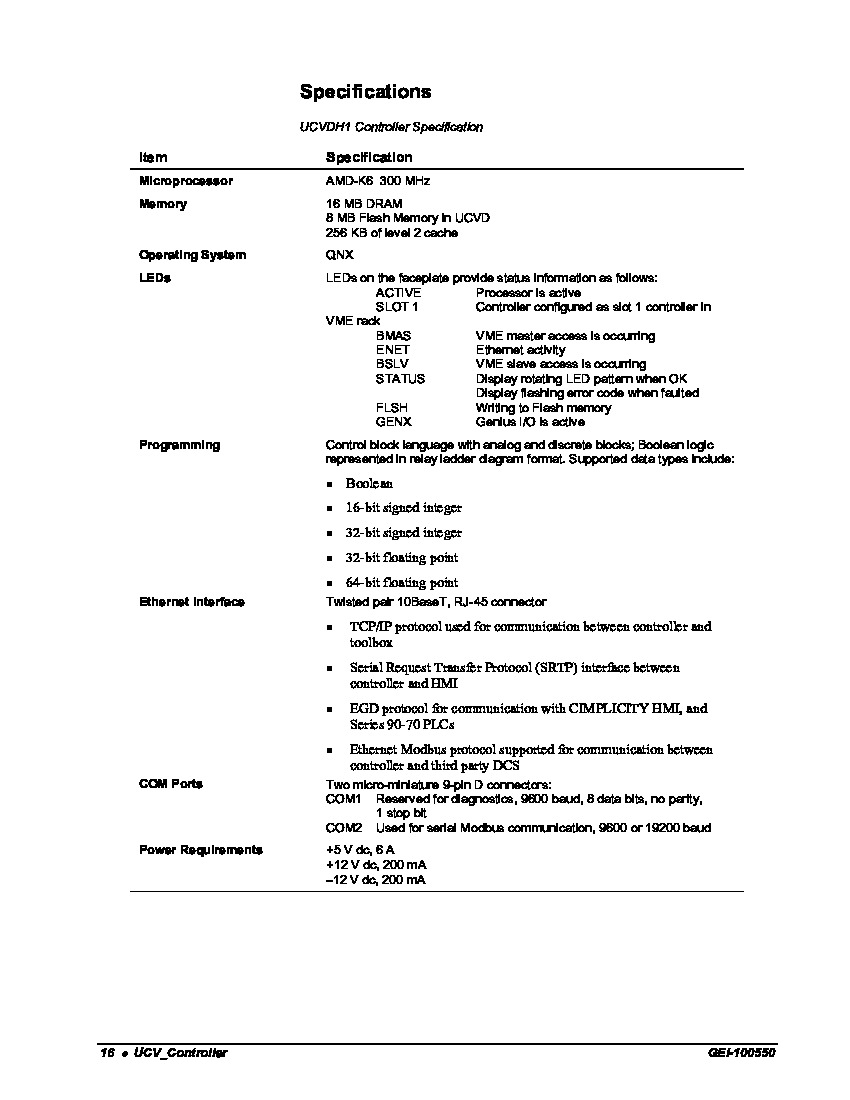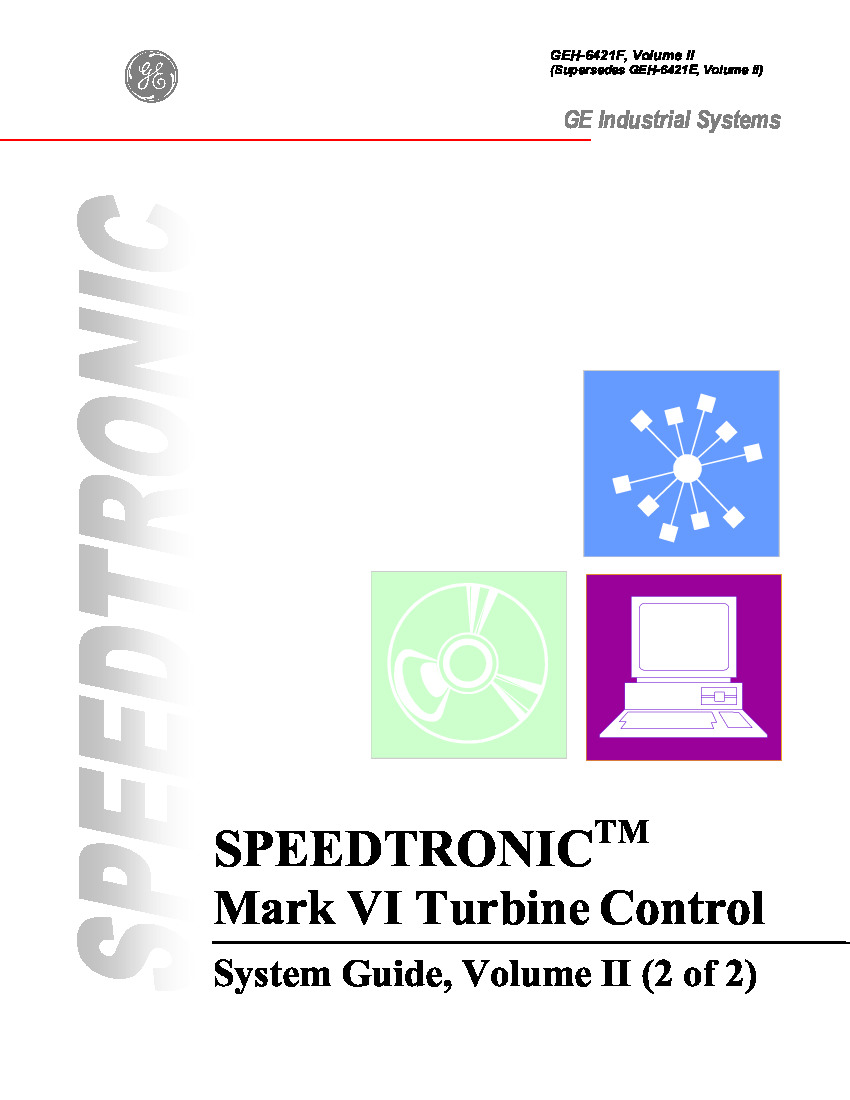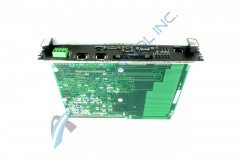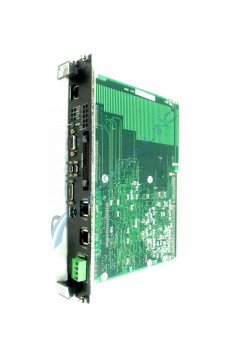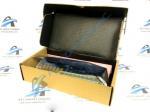About the IS215UCVDH2A
Greater Product Series Information
The IS215UCVDH2A is a double board computer that was originally designed to operate turbine application code within the Mark VI. This controller mounts within the control module’s VME rack, and was designed to communicate with the turbine I/O board through the VME bus. The IS215UCVDH2A model, usually abbreviated to the functional acronym UCVD, is:
- only one of five major versions of this board
- further specified through its revised product version
- the UCVD carries a functional revision rated as an A
- in possession of a special assembly defined through the "215" portion of its official product number
- graced by the presence of a singular functional revision
This IS215UCVDH2A UCB Controller Board product's greater Mark VI Turbine Control System Series is seen as something of a massive functional upgrade upon the Mark V Turbine Control System Series of the same name that came before it, as the Mark V Series' potential applications exist in gas and steam turbine-based functional applications alone.
Hardware Tips and Specifications
The IS215UCVDH2A has a front faceplate with many components mounted into its surface. These include an Ethernet port for UDH communication, two COM ports, an LPT1 port, a Genius cable plug, a reset switch, and multiple LED indicators. Status LEDs are placed in two sets; including one set of six and one set of eight. The former is a controller and communication set of LEDs and the latter shows runtime error codes from download issues, configuration, or startup. The LEDs present on the face plate of the IS215UCVDH2A specifically include:
- the "ACTIVE" LED designating the processor as active
- the "SLOT 1" LED designating the controller as positions in the VME rack's first slot
- the "BMAS" LED indicating continual VME master access
- the "ENET" LED indicating ethernet activity
- the "BSLV" LED indicating VME slave access
- the "STATUS" LED, which displays a rotating LED pattern when nominal or a flashing error code
- the "FLSH" LED indicating writing to flash memory
- the "GENX" LED which indicates an active Genius I/O
Beyond the various LEDs visible on the base plate of the IS215UCVDH2A, a series of connector ports are available as well. The COM1 port is for the initial controller setup, while COM 2 is used primarily for serial communications. Moving from these two primary ports, this Mark VI Speedtronic model's front faceplate also has two ISBus drive LAN ports, a monitor port, and a Hard Disk port. The top PCB of the IS215UCVDH2A includes a backplane connector, several screw mounts to the lower boards, integrated circuits, capacitors, and resistors. The board is marked with codes and has been drilled in several locations, as highlighted below in the UCVD Controller Front Panel diagram inserted below. Please refer to manufacturer user guides and manuals for more hardware information, available in the manuals tab above.
Software Tips and Specifications
The IS215UCVDH2A is built with using the QNX operating system. QNX is a Unix-like real-time operating system that is primarily used in industrial applications where high speed and high reliability are needed. External data from the control system database (CSDB) is transferred to and from the board over the VME bus via the VCMI communication board. The IS215UCVDH2A has a special assembly featuring a AMD-K6 300 MHz microprocessor. This microprocessor improves the overall memory of this double board computer to 16 MB of DRAM with 8 MB flash memory and 256 KB of overall level 2 cache. The QNX operating system of this UCVD component part can handle many different data types in programming, including:
- Boolean data types
- 16-bit signed integer data types
- 32-bit signed integer data types
- 64-bit signed integer data types
